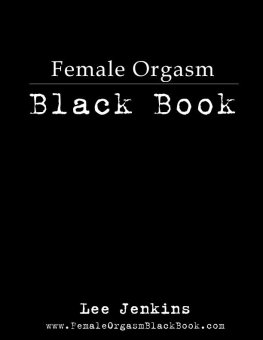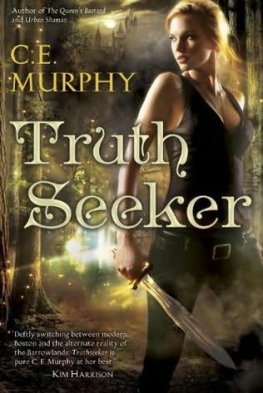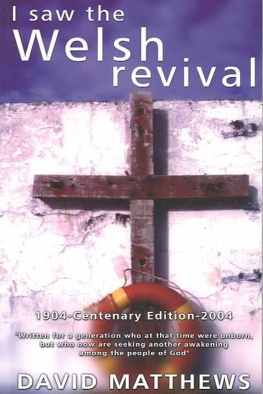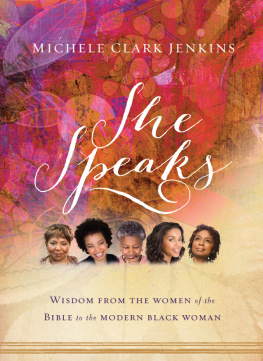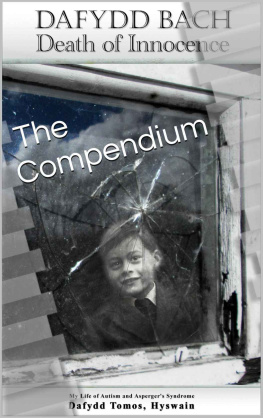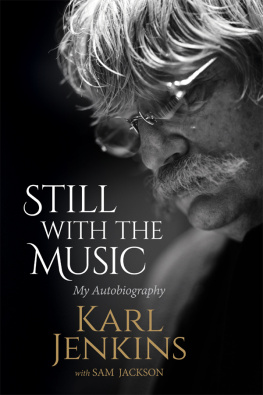THE WELSH LAW OF WOMEN
THE WELSH LAW OF WOMEN
Studies presented to Professor Daniel A. Binchy
Edited by
Dafydd Jenkins and Morfydd E. Owen
The Contributors, 2017
All rights reserved. No part of this book may be reproduced in any material form (including photocopying or storing it in any medium by electronic means and whether or not transiently or incidentally to some other use of this publication) without the written permission of the copyright owner. Applications for the copyright owners written permission to reproduce any part of this publication should be addressed to the University of Wales Press, 10 Columbus Walk, Brigantine Place, Cardiff CF10 4UP.
www.uwp.co.uk
British Library Cataloguing-in-Publication Data
A catalogue record for this book is available from the British Library
ISBN 978-1-78683-159-0
eISBN 978-1-78683-161-3
The right of The Contributors to be identified as authors of this work has been asserted in accordance with sections 77 and 79 of the Copyright, Designs and Patents Act 1988.
The publisher has no responsibility for the persistence or accuracy of URLs for any external or third-party internet websites referred to in this book, and does not guarantee that any content on such websites is, or will remain, accurate or appropriate.
to Professor Daniel Anthony Binchy
Annwyl Gyfaill,
This Welsh form of address seems to be the appropriate one, not only because it avoids all problems of the right degree of formality or familiarity, but because you have been so good a friend to the study of Celtic Law, and through that to all of us who are interested in that study, whether or not we have enjoyed your friendship at the personal level.
I have claimed the privilege of writing this Preface, but this volume owes its existence to the enthusiasm of my co-editor, who nearly ten years ago at the Third Colloquium on Welsh Medieval Law persuaded us to join in a series of seminars and suggested that the Law of Women would be an ideal subject for a seminar group. The Head of her Department at Cardiff (Professor A. O. H. Jarman) agreed to invite the seminars to the University College there, and the Board of Celtic Studies subsidised them; at a later stage some meetings were held at Corpus Christi College, Oxford, at the invitation of Dr. Charles-Edwards, and we had the invaluable help of Professor Foster.
When we began our study we knew very well that a shining example had been set us by the Thurneysen seminar whose fruit is preserved in the Studies in Early Irish Law which you edited. We hoped then that in time we might have something comparablesi parva licet componere magnisto show for our labours, and we hope now that our labours will not suggest to you those of the mountains. We, at least, have learnt a great deal, and even in the process of preparing the collection for the press have learnt so much that we are particularly conscious of how much remains to be done.
The papers first offered to the Cardiff Seminar in private were revised for presentation to the Fourth Colloquium at Aberystwyth in 1974, and have been further revised since then, while the last of the studies is based on part of a paper given to the Fifth Colloquium (at Bangor in 1979) by a specialist in Comparative Law whom we count ourselves fortunate to have attracted to our company.
In now offering you this collection, we perhaps honour ourselves more than we honour you, but we believe that you will welcome the studies here published, not only for their intrinsic interest but perhaps even more as the sign of a growing devotion to the study of our field, and we ask you to accept them as a mark of the appreciation of us all for your inspiring example as our Father in Celtic Law.
Dafydd Jenkins
T he Editors acknowledge very gratefully the permission to use material, freely given by Sir George Meyrick, Bart., for the Bodorgan manuscript, The British Library for the Cotton manuscripts, and the National Library of Wales for the Peniarth manuscripts; by Mrs. H. D. Emanuel for the text of Latin Redaction A; and by the President and Fellows of Corpus Christi College, Oxford, for the frontispiece.
They also wish to record their great gratitude to those who have helped in the preparation and production of the book, and in particular to Howard E. F. Davies, Marged Haycock, D. Myrddin Lloyd, and J. E. Caerwyn Williams for illuminating discussion of various points; to Gareth Bevan and his colleagues of Geiriadur Prifysgol Cymru for access to the slips of the Dictionary and much useful information; to Nia Bonsall, Sabina Thompson, Alice Tudor, Anne Watkin-Jones, and Ann Watkins for patient work on the typescript, often under trying conditions; to Keith Williams and his colleagues (and especially Susan Jarvis) of the Computer Unit at University College, Cardiff, for invaluable help with the Index; to Gifford Charles-Edwards for an inspired handling of illustrations from the manuscript of Latin A (Peniarth 28) in her design for the dust jacket; to the Board of Celtic Studies of the University of Wales for undertaking the publication, and the staff of the University Registry and Press Board for help in carrying the process through; and to Keith Brown and his staff, whose enthusiastic collaboration has worked miracles in producing the final result.
I n references to periodicals the volume number appears in arabic numerals before the title (full or abbreviated) of the periodical; where a date appears in square brackets in that position, it is an essential part of the reference. For the mode of reference to the law texts see pp.. References to Ancient Laws and Institutes of Wales have wherever possible been to book, chapter, and section rather than to page.
T he Welsh Law of Women, originally published in 1980, It was unwittingly chosen when womens studies were beginning to take off and the book became a pioneering work in legal studies, as well as in Welsh womens studies. The original introduction pinpointed the main themes of the chapters. This additional introduction to the new edition aims to show how the themes of WLW have been pursued in later studies and how the study of the topic has been developed in recent years.
The primary aim of the study was that the main sections of the law dealing with women should be studied in detail, both textually and thematically, and put into a legal and historical context. At that juncture the main source for Welsh medieval law texts in general was and still is (to some extent) Aneurin Owens Ancient Laws and Institutes of Wales. (1841). have also thrown light on the development of the law in the later period of Cyfraith Hywel.
Since the publication of The Welsh Law of Women a considerable amount of work has been done regarding the manuscripts, their provenance and the nature of the texts. Much of it, deriving from the second series of seminars, concentrated on the format, scribes and palaeography of the different manuscript redactions. This work is reflected particularly in the publications of Daniel Huws Although the work does not alter the conclusions reached in The Welsh Law of Women, it presented the possibility of a more precise provenancing of texts.
Considering the codes or redactions, the main body of the Welsh law texts consists of a series of tractates on legal topics. One of these was the tractate entitled




